
In 1940, higher-ups in the U.S. Army decided that a combat weapon was needed to replace U.S. Model 1911A1 .45 pistols – they never did. In essence, their reasoning was that a hit from a light caliber rifle was better than a miss with a heavy caliber pistol. The first move in the “Light Rifle” project, as it was originally termed by the U.S. Army’s Ordnance Department, was developing a suitable cartridge. Winchester was already producing a round called the .32 Winchester Self Loading (WSL). Therefore, the government requested Winchester develop a .30-caliber round based loosely on it. After considerable testing, Winchester’s result was a cartridge with a 1.29-inch long case of rimless design with a 110-grain (some say 108-grain) roundnose FMJ bullet. The government hoped for 2,000 fps muzzle velocity, but with the powders then available Winchester came up with 1,980 fps, and that was deemed acceptable.
This story is from the July - August 2020 edition of Rifle.
Start your 7-day Magzter GOLD free trial to access thousands of curated premium stories, and 8,500+ magazines and newspapers.
Already a subscriber ? Sign In
This story is from the July - August 2020 edition of Rifle.
Start your 7-day Magzter GOLD free trial to access thousands of curated premium stories, and 8,500+ magazines and newspapers.
Already a subscriber? Sign In
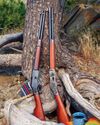
CIMARRON .32-20 Short Rifle & Carbine
In the heyday of Winchester Repeating Arms Company lever guns, it offered muskets, standard rifles, short rifles and saddle ring carbines.

Remington's Model 722 and .222 Cartridge
It's easy enough to define what a varmint is, those pesky critters that tear up pastures, flower beds and all kinds of expensive crops people need for various reasons - most importantly, to make a living and/or something with which to feed themselves.

Coyote Bullets
What is Best for You?

Remington's 5mm Rimfire Magnum
Shooting a Classic
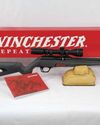
Winchester's New Wildcat
The Ultralight Rimfire Varmint Rifle
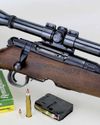
.223 Remington from .30-30 Winchester?
Multitasking for Varmints

LOADS FOR A .22 TCM
The .22 TCM first appeared commercially in 2012, chambered in a Rock Island Armory 1911-style handgun.

Everybody Loves Velocity
The 4,500-fps WSSM Project
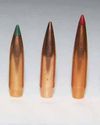
A BOLT-ACTION FRANCHI 224 VALKYRIE
Testing New Loads
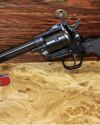
.22 Winchester Magnum Rimfire
Shooting Revolvers